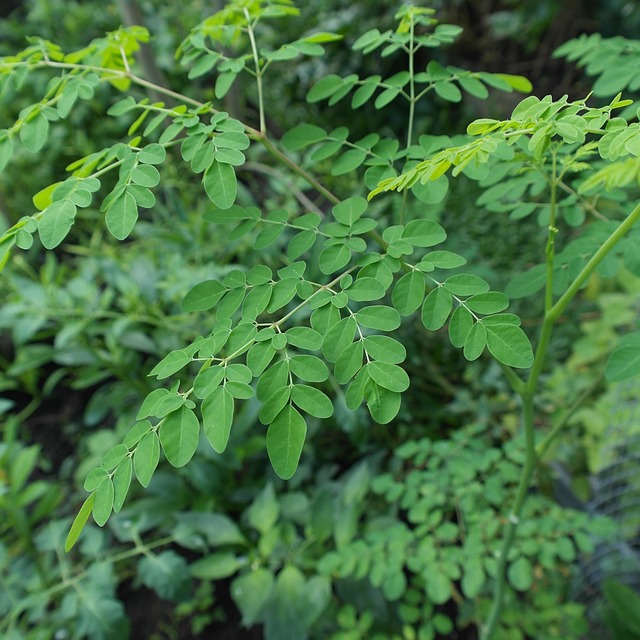Drumstick, also known as Moringa, is a popular plant in India that is widely cultivated for its leaves, pods, and seeds. It is an important source of nutrition and is known for its medicinal properties. The drumstick plant is easy to grow and maintain, making it a good option for farmers looking to diversify their crops. In this article, we will discuss the key considerations for successful drumstick farming in India.
Soil and Climate
Drumsticks can grow in a wide range of soil types, but they prefer well-drained soil with a pH range of 6.5 to 7.5. The soil should also be rich in organic matter, such as compost or well-rotted cow dung. The ideal climate for drumstick cultivation is tropical or sub-tropical, with temperatures ranging between 25°C to 35°C. The plant requires a lot of sunlight, so it is best to plant in areas with plenty of direct sunlight.
Planting and Propagation
Drumsticks can be propagated from seeds or cuttings. For seed propagation, the seeds should be sown in prepared soil at a depth of 2 to 3 cm. The seeds should be watered regularly and the soil should be kept moist until germination, which usually takes about 7 to 10 days. Once the seedlings have grown to about 10 cm tall, they can be transplanted to their permanent location.
For propagation through cuttings, select mature branches with a diameter of at least 2 cm. Cut the branch into 30 cm sections and remove the leaves from the bottom 10 cm. Dip the cuttings in rooting hormone and plant them in prepared soil, making sure to water them regularly until they establish roots.
Fertilization and Irrigation
Drumsticks require regular fertilization to ensure optimal growth and yield. Apply a balanced fertilizer, such as 10:10:10 or 14:14:14, at a rate of 50 to 60 kg per hectare. Fertilizer should be applied every 3 months. Organic fertilizers, such as compost or well-rotted cow dung, can also be used.
Drumsticks require regular watering, especially during the first few months after planting. The plants should be watered every 2 to 3 days during dry weather. It is important not to over-water the plants, as this can lead to root rot.
Pest and Disease Management
Drumsticks are relatively resistant to pests and diseases, but they can still be affected by certain insects and pathogens. The most common pests are aphids, leafhoppers, and caterpillars. These pests can be controlled using insecticides, such as neem oil or pyrethrin. Diseases such as root rot and powdery mildew can be prevented by ensuring good drainage and adequate air circulation around the plants.
Harvesting and Post-Harvest Management
Drumsticks can be harvested when the pods are about 30 to 45 cm long. The pods should be harvested using a sharp knife or pruner, taking care not to damage the plant. The pods can be stored at room temperature for up to 7 days or in a refrigerator for up to 2 weeks.
The leaves of the drumstick plant can also be harvested and used for cooking or medicinal purposes. The leaves should be harvested when they are young and tender, and they can be stored in the refrigerator for up to 2 weeks.
In conclusion, drumstick farming is an easy and profitable venture for farmers in India. By following the key considerations outlined in this article, farmers can ensure successful cultivation and harvest of their drumstick crops. With its wide range of uses and high nutritional value, drumsticks are sure to remain a popular crop for years to come in India and beyond. Whether grown for personal consumption or for commercial purposes, drumstick plants are a valuable addition to any farm or garden.
However, it is important for farmers to continuously educate themselves on the latest cultivation techniques, market trends, and disease management strategies. Regular soil testing, proper irrigation and fertilization, and pest control measures are crucial for maintaining healthy drumstick plants and ensuring maximum yield.
With a little bit of patience, hard work, and dedication, farmers in India can reap the rewards of successful drumstick farming. Not only does it provide a source of income, but it also contributes to the overall health and well-being of the community by providing a nutritious and versatile food source.
